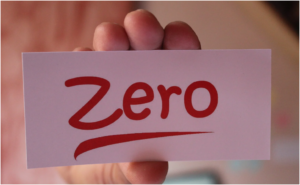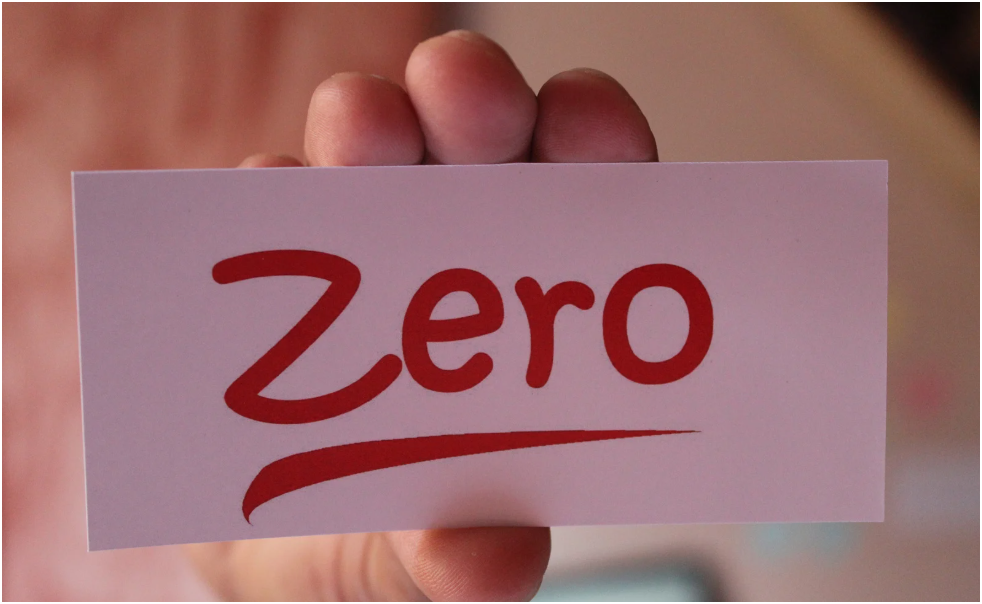
Zero Emails, Zero Stress: The Inbox Zero Blueprint for High-Performing Executives
Let’s be honest — your inbox is not just a tool. It’s a trap.
Every unopened message, every unread newsletter, every “just checking in” email…

Let’s be honest — your inbox is not just a tool. It’s a trap.
Every unopened message, every unread newsletter, every “just checking in” email isn’t just digital clutter. It’s a micro-distraction draining your focus, diluting your decision-making, and stealing precious executive time.
In a world where mental clarity is currency, cluttered inboxes cost more than they seem.
Executives spend, on average, 2.6 hours per day on email. That’s more than 13 hours a week—time you could be using to lead, strategize, build, or just breathe.
But beyond the time suck, there’s something deeper at play: mental load. An overloaded inbox becomes an invisible to-do list you never signed up for. It whispers “you’re behind,” even when you’re ahead. And that constant mental hum? It’s killing your clarity.
Inbox Zero isn’t about keeping your inbox at literal zero every second of the day. It’s about reclaiming control. It’s about creating a system that works for you, not the other way around.
It’s about reducing the mental noise, so you can operate in your zone of genius.
This isn’t about color-coding folders or going on a deleting spree. This is a mindset shift — paired with a ruthless, elegant system. Here’s your blueprint:
You’re not an email manager — you’re a decision-maker. When you check your inbox, you’re triaging, not browsing. Every email gets one of five actions:
Delete
Delegate
Do (if it takes <2 min)
Defer (schedule it)
Archive
No lingering. No rereading. No guilt.
If you can take action in under 2 minutes, do it immediately. It clears your mental runway for bigger tasks. If not, schedule it or hand it off.
Pro tip: Create a label or folder called “@Action” or “To Review” and set a dedicated daily time block to process it.
You don’t need to read every newsletter, update, or cc. Set up filters, auto-archives, and VIP rules. Use tools like:
Superhuman (for blazing-fast email)
SaneBox (for smart filtering)
Spark (for team collaboration)
Time saved = clarity gained.
Block 2–3 specific times a day to handle email. Outside of that, close your inbox. Keep notifications off. Your attention is your highest-value currency — stop spending it on spam.
Train people how to email you. Set expectations. Use autoresponders for non-urgent days. Give your team a channel for high-priority comms (Slack, WhatsApp, etc.), so email isn’t the dumping ground.
End each week with a 15-minute “Inbox Reset” session:
Archive or delete old messages
Review your @Action list
Unsubscribe from what no longer serves you
Make it a ritual. Clarity loves consistency.
What happens when your inbox goes quiet? Your mind does too. You’ll make sharper decisions, feel less overwhelmed, and spend less time reacting and more time leading.
Inbox Zero isn’t a productivity hack. It’s a leadership advantage.
This is about energy. Presence. Control.
Your inbox reflects your priorities. If it’s cluttered, chances are your calendar, your thoughts, and your day are too. But when your inbox is clear, your mind follows — and that’s where peak performance lives.
So, executive to executive: it’s time to stop letting email run your day. Take control. Go for Inbox Zero — and watch your performance skyrocket.

Let’s be honest — your inbox is not just a tool. It’s a trap.
Every unopened message, every unread newsletter, every “just checking in” email…

Let’s face it—executives and founders are always on. Meetings, emails, last-minute crises…it’s like a never-ending episode of…

You wake up at 5 AM, answer emails before your first sip of coffee, sit through back-to-back meetings, juggle crises, and somehow…

Scaling a business is no small feat. As your company grows, so do the responsibilities, and trying to do it all yourself can quickly…